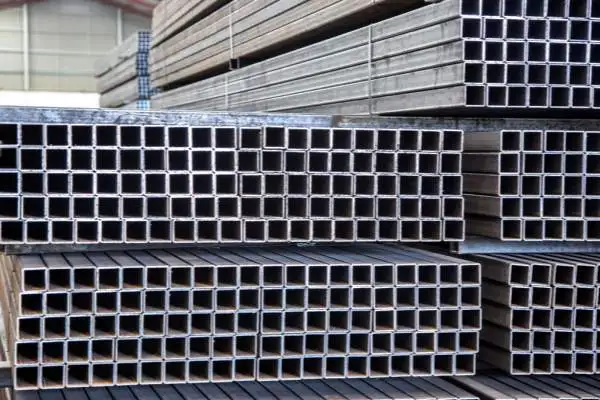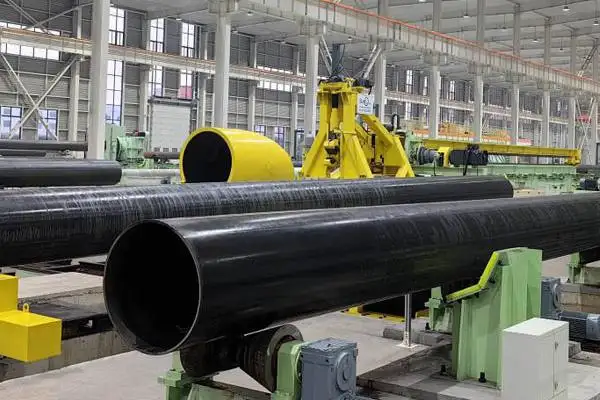In the oil and gas industry, well casing pipe serves as the backbone of drilling operations, playing a crucial role in maintaining the integrity and stability of oil wells. Multiple layers of casing are required for each well, depending on the depth of drilling and geological conditions. Acting like a sturdy framework, casing pipes ensure safe drilling by preventing wellbore collapse caused by complex underground forces. Even after drilling is complete, the casing continues to safeguard the well, enabling sustained and efficient production over time.
Super Steel Manufacturing Co.,Ltd is professional casing pipes manufacturer, for more details, please contact:sales@super-steels.com
Key Features of Well Casing Pipe
1. High Strength and Toughness
Casing pipes operate in extreme subsurface environments, where they must endure tensile, compressive, bending, and torsional stresses. Therefore, they must possess excellent mechanical properties. Steel grades such as J55 and K55 are tailored for different stress levels, ensuring the casing performs reliably without cracking or deforming under pressure.
2. Excellent Wear and Corrosion Resistance
Prolonged exposure to drilling fluids, formation rocks, hydrocarbons, and other substances makes resistance to wear and corrosion essential. This is achieved by alloying with elements like chromium and molybdenum or applying protective surface coatings, greatly enhancing durability and extending service life in aggressive environments.
3. Superior Collapse Resistance
In geologically complex zones such as salt domes or mudstone layers, significant external pressure can compress the casing. To counter this, casing pipes must have high anti-collapse strength. If collapse resistance is insufficient, the casing may deform, leading to production failures.
Applications of Well Casing Pipe
1. Oil and Gas Drilling Operations
Well casing is used throughout the drilling process:
Surface casing is installed early to stabilize loose formations near the surface and protect fresh groundwater zones.
Technical casing is deployed in deeper sections where high-pressure zones or problematic formations exist, such as gas, oil, or water layers. It helps isolate these zones and maintain drilling fluid circulation.
Production casing (or oil layer casing) is set once the target reservoir is reached. It isolates productive zones and facilitates the flow of oil and gas from the reservoir to the surface.
2. Challenging Geological Conditions
For deep and ultra-deep wells, casing pipes must handle extreme loads due to increased depth, including higher tension, torque, and temperature. In high-pressure, high-temperature (HPHT) environments—where formation pressures exceed 100 MPa—the casing must resist both internal and external pressure while maintaining a tight seal to prevent leaks.
Functions of Different Types of Casing Pipes
Conductor (Guide) Casing:
Installed closest to the wellbore opening, this initial casing protects near-surface formations from erosion and provides structural support for the rest of the well.
Surface Casing:
Reinforces the upper part of the well, especially in loose or unstable rock layers, and isolates shallow groundwater zones to prevent contamination.
Technical (Intermediate) Casing:
Essential in complex drilling scenarios, this casing handles problematic formations, including high-pressure zones, fractured formations, and zones prone to fluid loss or collapse.
Production (Oil Layer) Casing:
The final and most critical casing, it extends from the surface to below the reservoir. It ensures zonal isolation of oil, gas, and water layers, allowing for safe and efficient hydrocarbon production.



 English
English Español
Español Français
Français بالعربية
بالعربية





















